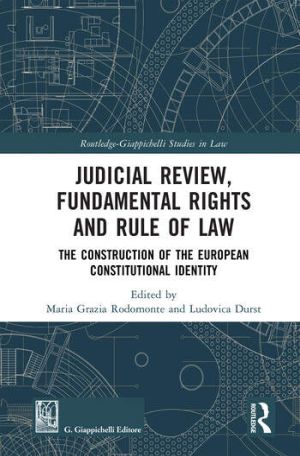
This book explores the complex issue of building a common European identity and the factors that contribute to it, with special regard to the role played by the interaction between national Constitutional Courts and European Courts. There is no doubt that the Courts have been key actors in the progressive establishment of this identity over the years by defining elements of homogeneity and affirming or reaffirming essential values, such as human dignity, in respect of that pluralism which represents a distinctive feature of Europe. Nevertheless, this ‘circular movement’ has not failed to reveal contradictions and concerns that are still unresolved over time. With contributions from authors from a range of backgrounds, this work delves into the theme with a variety of approaches and perspectives
It is structured in three main parts, the first exploring the historical roots of a common European heritage, emphasizing its role in shaping what is currently called the ‘European way of life’. The second part examines the ‘lights and shadows’ of constructing the European identity through the instruments of multilevel and inter-court relationships, by critically analysing the propulsive and homogenising tendencies coming in particular from the Court of Justice of the European Union. The third part considers the so-called ‘dialogue between Courts’, by addressing some significant jurisprudential trends of supranational and national Courts and relevant cases in recent years, offering new insights into the ‘model’ of multilevel protection of rights.
Presenting a wide and comprehensive view of these topics, the book will be of interest to those working in the fields of Constitutional, European and Comparative Public Law, as well as Legal History and Sociology.